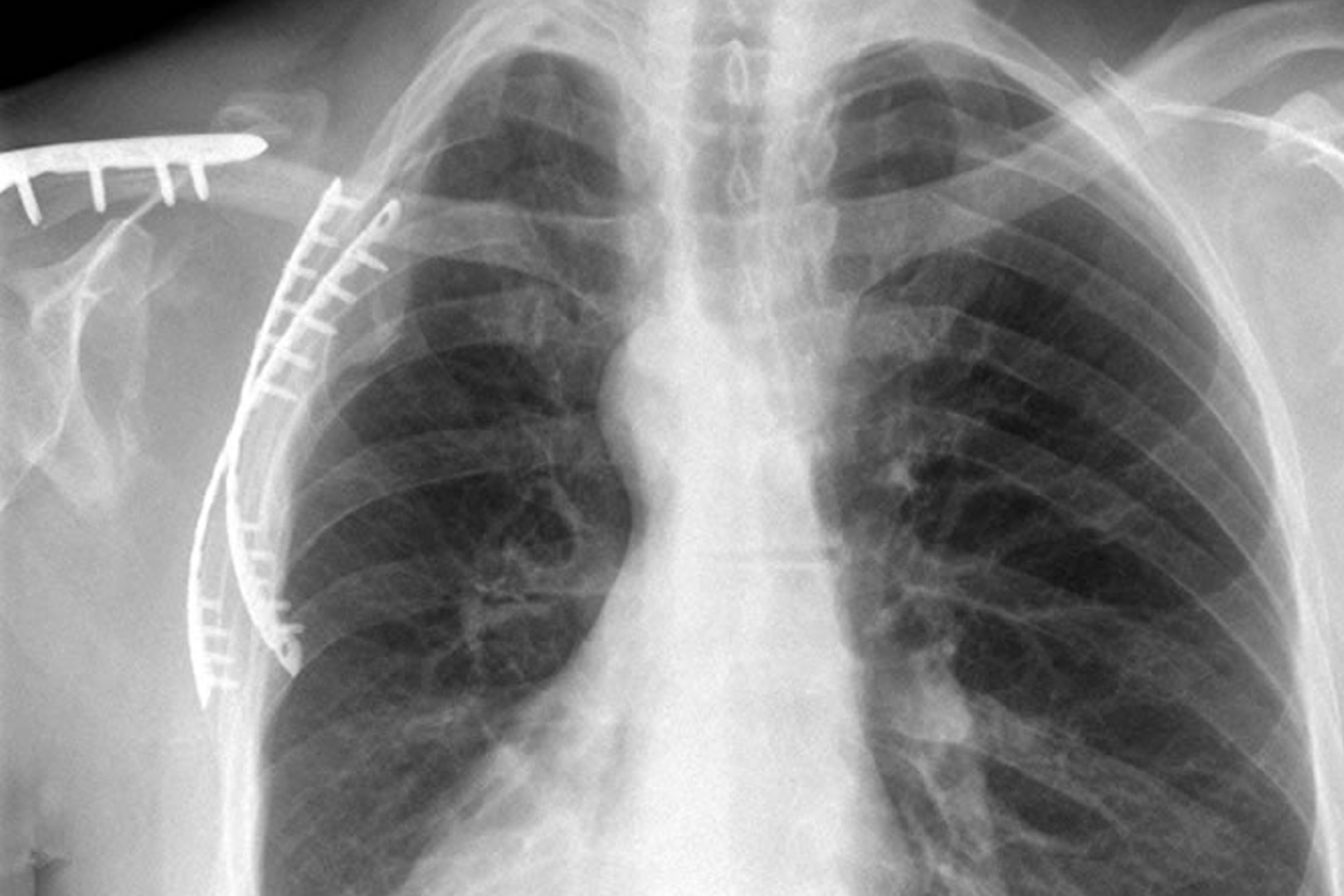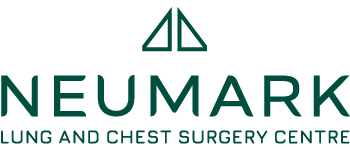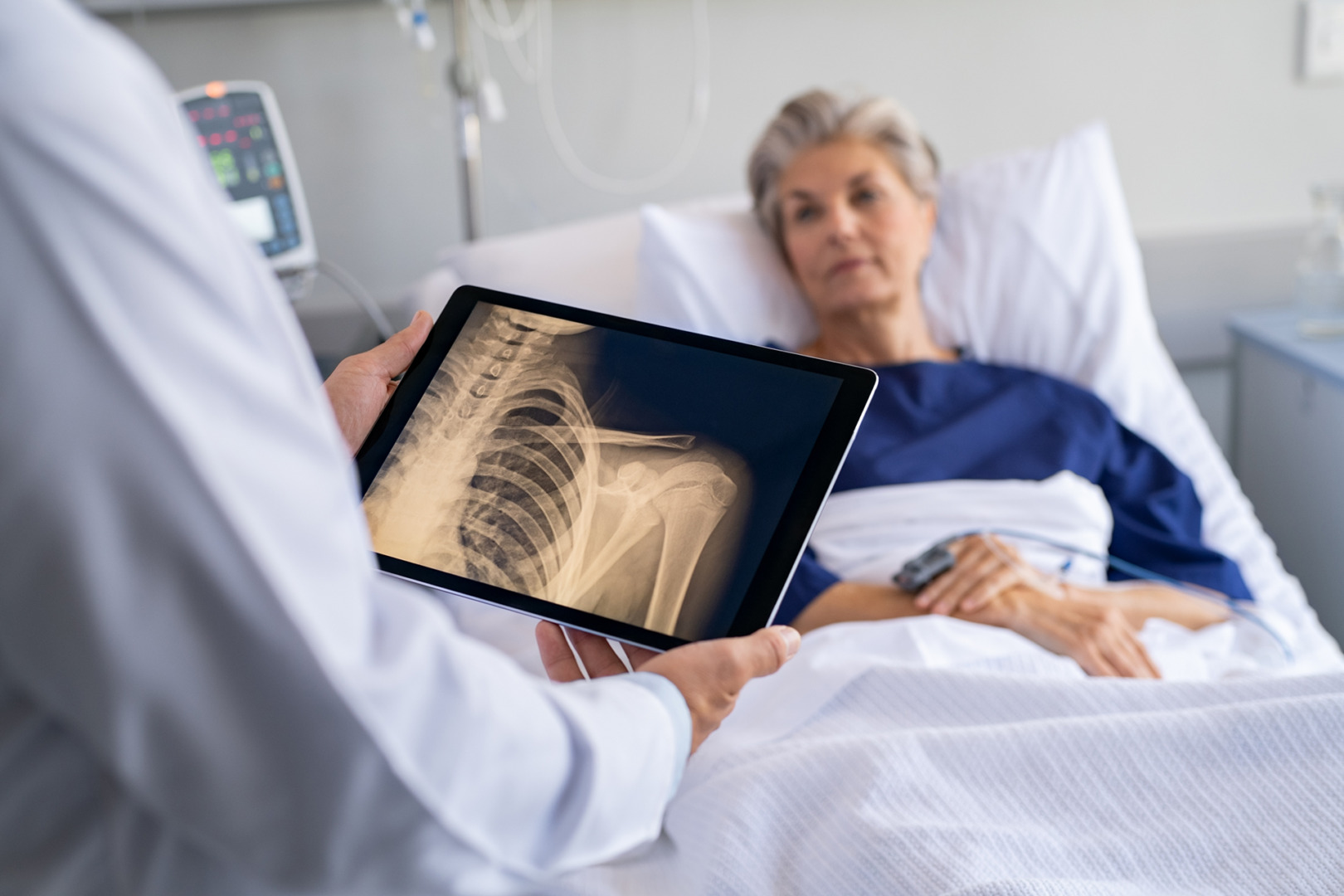Rib fractures of any kind can be a major hassle. In fact, many are lucky if they remain nothing but a hassle and do not escalate into a bigger problem. In the best-case scenario, you rest and restrict your mobility for a few months, and the rib heals back. However, in some cases, hairline rib fractures develop into larger fractures, making your life more difficult and uncomfortable. Thankfully, solutions are available at Neumark Lung & Chest Center for common hairline rib fractures.
Recovering From A Hairline Rib Fracture
A hairline fracture is nondisplaced, meaning the bone is largely intact, though signs of a fracture can be seen during an imaging test. Sometimes, symptoms like pain after exercise or discomfort in the ribs. A doctor or specialist may conduct an X-ray when these symptoms are reported to check what could be the source of the issue. A hairline fracture may also be discovered while the patient is undergoing an X-ray to assess the extent of the damage after a traumatic incident, like a car crash or a bad fall.
In most cases, the recommended course of action for a hairline fracture of the ribs is rest. Over time, a hairline fracture should heal as the bones repair themselves. This is a complicated process, where the body responds to the fracture by forming a protective blood clot and callus around the broken bone. Then, bone cells start to bridge the gap, growing on both sides of the fracture. Eventually, these new bone cells close the fractures, and the callus is absorbed into the bone structure; as this process might suggest, the smaller the gap, the faster the healing time. Therefore, hairline fractures should be able to heal themselves in time, with proper support from the rest of the body.
To allow the natural healing of hairline rib fractures, the body needs adequate nutrition to encourage bone cell regeneration. Maintaining a balanced diet and taking Vitamins C, D, and K supplements can give your bones a leg up, which is necessary to heal hairline fractures. Careful exercise, under the advice of your doctor and potentially with supervision from an expert, can stimulate blood flow and assist your body in the healing process. It’s important that this exercise is simple, like gentle swimming or light movement, and that you are not putting your body to the test. You do not want to aggravate a hairline rib fracture by underestimating the damage, which can lead to other complications.
What To Do If A Hairline Rib Fracture Will Not Heal
Extenuating circumstances can prevent a hairline rib fracture from healing naturally. For instance, osteoporosis makes bones less dense, complicating the healing process and possibly necessitating surgical intervention.
“A hairline rib fracture can become a serious problem, especially if the injury won’t heal independently. It’s important that rib fractures are treated appropriately as, if left unattended, they can become dangerous and, in the worst cases, life-threatening,” says Dr Harish Mithiran, director of Neumark Lung & Chest Surgery Centre.

One option for persistent hairline rib fractures may be internal rib fixation, a minimally invasive surgery designed to stabilise the ribs. This surgery can alleviate pain caused by the unnatural movement of ribs during breathing and assist the healing process.
Internal rib fixation involves three steps:
- Incision: The surgeon makes an incision over the fractured ribs.
- Fixation: Using metal screws or plates, depending on the fracture’s severity, the ribs are stabilised. For hairline fractures, fewer plates or screws are needed as the bone segments are not widely separated.
- Closure: The incision is closed, initiating the recovery process. Patients often feel significantly better within weeks, with a reduced risk of severe rib fractures in the future due to improved bone support.
If you are concerned about a hairline rib fracture, call Neumark Lung & Chest Center today for advice and support from our chest and lung specialists.

